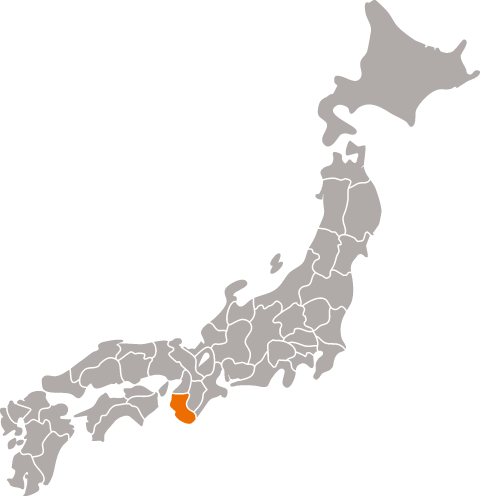Heiwa “KID” Junmai
Wakayama prefecture
Junmai that appeals to youngins
This junmai is no old man sake. Yes, it has savory and sweet rice notes rather than their fruity floral counterpart junmai daiginjo. Yes, you can enjoy this both chilled and room temperature. But the soft yuzu brightness and hint of honey on the nose with the balanced nigami (bitterness) and slight weightiness on your palate showcases a new kind of junmai that perhaps the younger generation can get excited about!
Characteristics
| Brand | Heiwa |
| Brewery | Heiwa Brewing Company |
| Category | Junmai |
| Subcategory | N/A |
| Taste Profile | Light & Dry |
| Rice variety | Gohyakumangoku, Table rice |
| Yeast variety | Association No. 701 |
| Alcohol | 15.00% |
| RPR | 60% |
| SMV | 4 |
| Acidity | 1.5 |
Serving Temperature

-
 Recommended
Recommended
-
 Not Recommended
Not Recommended
Region

Heiwa is made in Wakayama prefecture in the Kinki region.
Taste Metrics
Tasting Notes
-
Yuzu

-
Honey

-
Sweet Rice

Recommended Pairing
-
Meat

-
Seafood


Heiwa Brewing Company
A sake-loving gentleman married into the Yamamoto family and established the brewery in 1928, on what was originally temple grounds. After the hiatus during World War II, the company was renamed Heiwa, meaning peace and harmony. When the current fourth-generation owner, Norimasa Yamamoto, came back...
Learn moreCustomer reviews
Tippsy Sake Club
Our sommelier will recommend sake according to your taste when you join Tippsy Sake Club. Also enjoy:
- Members-only prices
- Discounted shipping
- An exclusive sake cup with your first club order
- and more!
All about sake
-
 Introduction
Introduction
Welcome To Your Sake Journey!
-
 Lesson 1
Lesson 1
What Is Sake?
-
 Lesson 2
Lesson 2
What Is Sake Made of and How Is It Made?
-
 Lesson 3
Lesson 3
What Is Rice Polishing Ratio?
-
 Lesson 4
Lesson 4
Types of Sake
-
 Lesson 5
Lesson 5
How To Store Sake
-
 Lesson 6
Lesson 6
How To Drink and Serve Sake
-
 Lesson 7
Lesson 7
Food Pairing Guide
-
 Lesson 8
Lesson 8
Best Sake Bottles and Brands for Beginners





